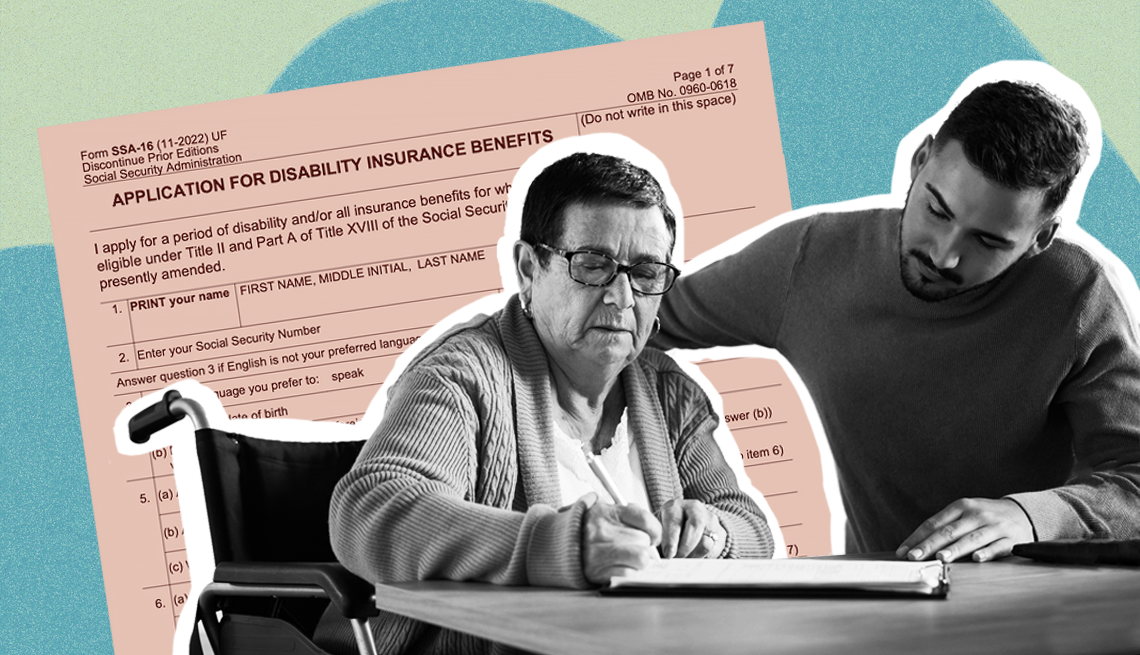
How to strengthen your social security disability claim
- Select a language for the TTS:
- UK English Female
- UK English Male
- US English Female
- US English Male
- Australian Female
- Australian Male
- Language selected: (auto detect) - EN
Play all audios:

Most people probably don’t think much about the particulars of filing for Social Security disability benefits — until they need them. But if a serious medical condition prevents you (or a
loved one) from working for an extended period, it’s important to be prepared for a claims process that is complex, cumbersome and taking longer than ever to complete. According to Social
Security Administration (SSA) data, in 2019 the national average wait time for a decision on an initial application for disability benefits was 120 days. It has nearly doubled since then, to
232 days — more than 7½ months. In some parts of the country, the average wait is nearly 9½ months. If your initial claim is denied, as most are, an appeal can take many more months or even
years. JOIN AARP'S FIGHT TO PROTECT YOUR SOCIAL SECURITY You’ve worked hard and paid into Social Security with every paycheck. But recently, we've heard from thousands of worried
Americans. Join us in sending a loud and clear message to lawmakers. “There’s room for improvement at every stage of the process in the life of a claim, and there’s pitfalls at every step,”
says attorney Amy Marinacci, a Social Security specialist with the nonprofit Legal Council for Health Justice in Chicago. The SSA administers two types of disability benefits. Social
Security Disability Insurance (SSDI) is available to most workers, regardless of their financial circumstances, with monthly payments based on past earnings. Supplemental Security Income
(SSI) is a safety-net benefit with a federally set payment for people with very limited income and assets who have a disability, are blind or are 65 or older. While these programs differ in
important ways, they use the same criteria to determine if an applicant qualifies under Social Security’s definition of disability — essentially, a condition that is severe enough to prevent
you from working for at least a year or will likely cause death. Such standards require extensive documentation of a claimant’s medical circumstances and, often, multiple layers of appeals.
These tips may boost your chances for a shorter wait and a successful claim. 1. DON’T WAIT TO FILE When a severe illness or injury disrupts your ability to work, get an application into the
system, even if you haven’t yet started gathering evidence. “You want to file right away to get in line,” says Christopher Doherty of Doherty Cella Keane, a Beverly, Massachusetts, law firm
specializing in Social Security disability. He says it can take “many, many months” for a new case to even get assigned to a disability examiner, during which applicants can compile medical
reports for later submission. 2. GET LEGAL HELP — FROM THE START “It’s a complicated process, and people are often surprised when their claim is denied,” says Steve Weiss, former regional
managing attorney of the Social Security practice at Bay Area Legal Aid in Oakland, California. “An attorney can really help get you through the process and ensure that Social Security has
the information they need to make a proper decision.” Hiring an attorney or professional disability advocate (a nonlawyer who meets SSA-set criteria to represent applicants) or working with
a nonprofit legal aid organization is the surest way to avoid gaps and errors that could delay or doom your claim. A professional representative can monitor every step of the process for
you, making sure the paperwork is correct, working with doctors to collect critical records and communicating with the SSA on your behalf. “Attorneys have access to what they call the
electronic record express, and we can upload records electronically, but if you’re filing on your own, you’d have to submit them the old-fashioned way by faxing them or bringing them to the
local Social Security office,” Doherty says.
